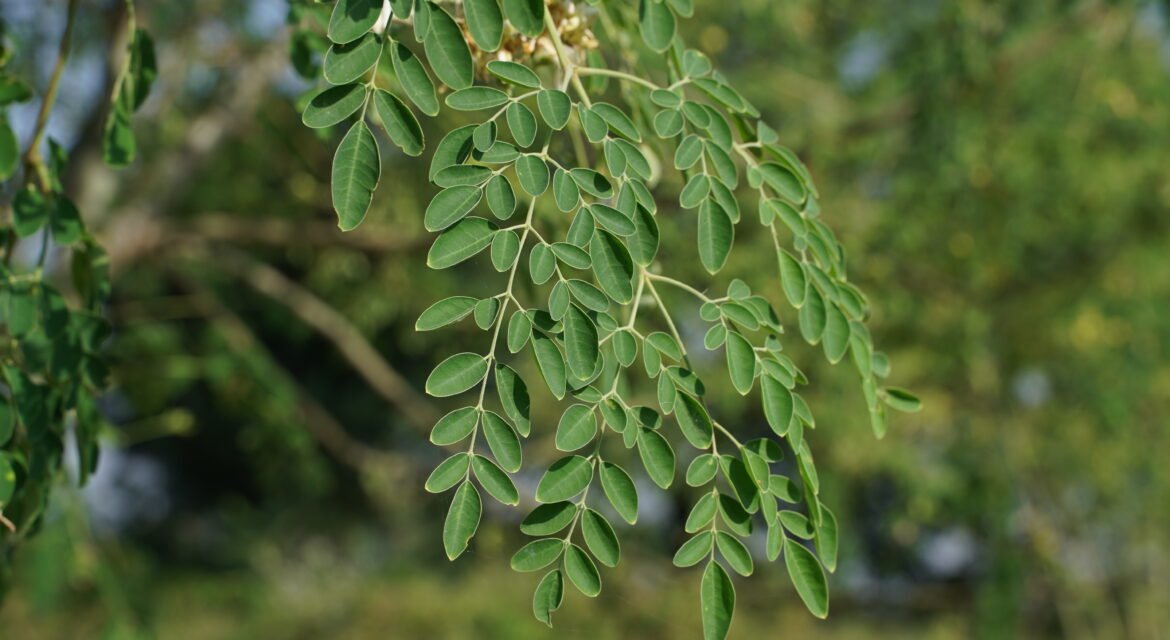 31 July 2025
31 July 2025How to Stop Caterpillars from Damaging Your Moringa Leaves
The Moringa tree, often hailed as the “Miracle Tree,” is a powerhouse of nutrition, offering countless benefits to both health and soil. But even this resilient plant has its enemies—and caterpillars are among the most common and destructive pests. These tiny leaf-eaters can quickly strip a healthy moringa tree of its foliage, slowing down its growth and affecting the quality of its leaves.
If you’re growing Moringa at home or on your farm, it’s crucial to protect your plants from caterpillar infestations without resorting to harmful chemicals. Here’s how you can do it the natural and sustainable way.
Why Are Caterpillars a Threat to Moringa?
Caterpillars feed on tender Moringa leaves, chewing holes or consuming entire sections. In severe cases, they can defoliate entire branches, stunting the plant’s growth and reducing yield. While Moringa is a fast-growing and hardy tree, repeated caterpillar attacks can weaken the plant’s immunity and affect its nutritional output.
Caterpillars often appear during warm and humid seasons, especially after rains. If not noticed early, the infestation can spread quickly.
Identifying Caterpillar Damage
Before jumping into solutions, it’s important to recognize the signs of caterpillar activity. Look for:
- Leaves with irregular holes or jagged edges
- Droppings (small black or green pellets) on leaves or soil
- Curling leaves, which may be hiding caterpillars inside
- Presence of the caterpillars themselves, usually on the underside of leaves
Once confirmed, take prompt action to control the infestation naturally and effectively.
Natural Ways to Stop Caterpillars on Moringa
Here are the most effective organic and sustainable solutions:
1. Handpicking Caterpillars
This is the simplest and most direct method, especially for small-scale farming or home gardens. Check your plants early in the morning or late in the evening, when caterpillars are most active. Use gloves and remove any caterpillars you find.
While this method is time-consuming, it can be very effective when done regularly during early infestation.
2. Neem Oil Spray
Neem oil is a powerful organic pesticide that disrupts the life cycle of pests without harming the plant. It deters caterpillars and prevents eggs from hatching.
How to use:
- Mix 5 ml of cold-pressed neem oil with 1 liter of water.
- Add a few drops of mild soap (to help the oil stick to the leaves).
- Spray on both sides of the leaves every 4–5 days until the infestation is under control.
Neem is also antifungal and antibacterial, so it helps improve the plant’s overall health.
3. Bacillus thuringiensis (Bt)
Bt is a naturally occurring soil bacterium that specifically targets caterpillars. It’s safe for humans, pets, birds, and beneficial insects like bees.
How it works: When caterpillars ingest the bacteria-coated leaves, it disrupts their digestive system, causing them to stop feeding and eventually die.
Use Bt as per the instructions on the organic product label. This solution is especially useful when handpicking isn’t practical.
4. Encourage Natural Predators
Promoting biodiversity in your farm or garden helps maintain a healthy ecological balance. Birds, parasitic wasps, and predatory insects like ladybugs and lacewings feed on caterpillars and their eggs.
You can attract these beneficial predators by planting native flowering plants nearby, avoiding chemical pesticides, and offering natural shelter like hedgerows or trees.
5. Companion Planting
Some plants act as natural repellents for caterpillars and other pests. You can grow these alongside your Moringa to reduce infestations.
Effective companions include:
- Marigold
- Basil
- Mint
- Garlic
These plants emit strong scents that deter pests, while also attracting beneficial insects.
6. Pruning Infested Areas
If an infestation is limited to a particular branch or area, prune and remove those parts immediately. Dispose of them far from your farm to avoid re-infestation.
Pruning not only removes the problem but also promotes healthy new growth.
7. Maintain Plant Health
A healthy plant is more resistant to pests and disease. Regularly water your Moringa (without overwatering), mulch the base to retain moisture, and enrich the soil with compost or organic fertilizers.
When the tree is well-nourished, it recovers faster from insect damage and becomes less attractive to pests.
Final Thoughts
Caterpillars may seem like a small problem, but they can cause big damage to your Moringa trees if left unchecked. The good news is that you don’t need to use chemical-laden pesticides to deal with them. Through a combination of observation, manual care, organic sprays like neem oil or Bt, and a biodiversity-rich environment, you can keep your Moringa healthy and pest-free.
Remember, the goal isn’t to eliminate every insect from your garden—but to maintain a balanced ecosystem where pests don’t dominate. By taking a natural and preventive approach, your Moringa trees will continue to flourish, providing you with nutrient-rich leaves for years to come.





